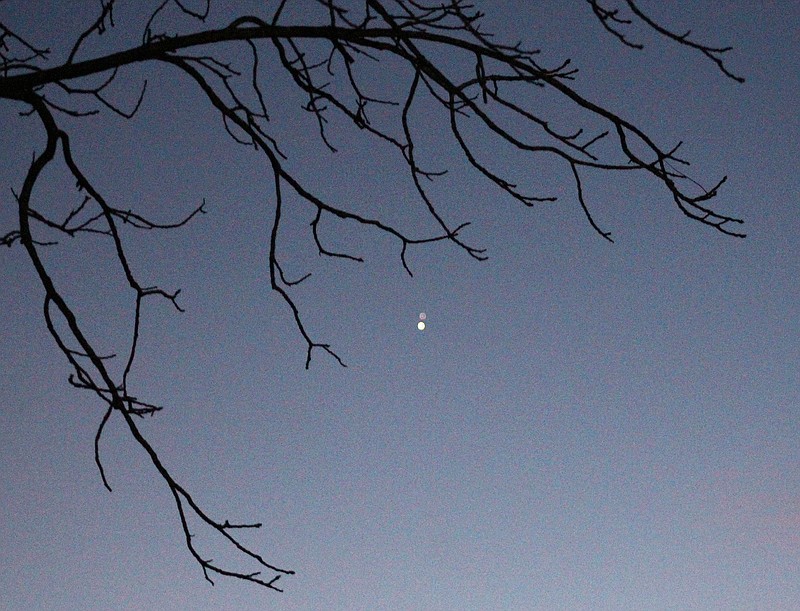In recent days, stargazers might have noticed two lights drawing closer in the sky.
Just after sunset today, the winter solstice, the two will come so close they appear almost to touch. In reality, the planets are millions of miles apart.
Every two decades, Jupiter and Saturn appear to pass one another as they complete their separate orbits around the sun. The conjunction has been dubbed the "Christmas Star."
But Monday's view is much rarer - the last time Jupiter and Saturn appeared quite so close in Earth's sky was 1623. But 400 years ago, conditions meant the conjunction wasn't easy to see. The last time the alignment occurred at night was 800 years ago.
To view the celestial event, simply step outside each evening about an hour after sunset and look to the southwest. According to National Aeronautics and Space Administration, the planets are so bright they can be seen even from most cities.
Though you don't need any aids to see the planets themselves, with a small telescope Jupiter's moons might also be visible.
The planets should be bright enough to take a picture with a cellphone, NASA said. Planet photography tips include using a tripod an a long exposure.
Learn about the great conjunction in this Dec. 17 video from NASA: bit.ly/37yQaPQ.

